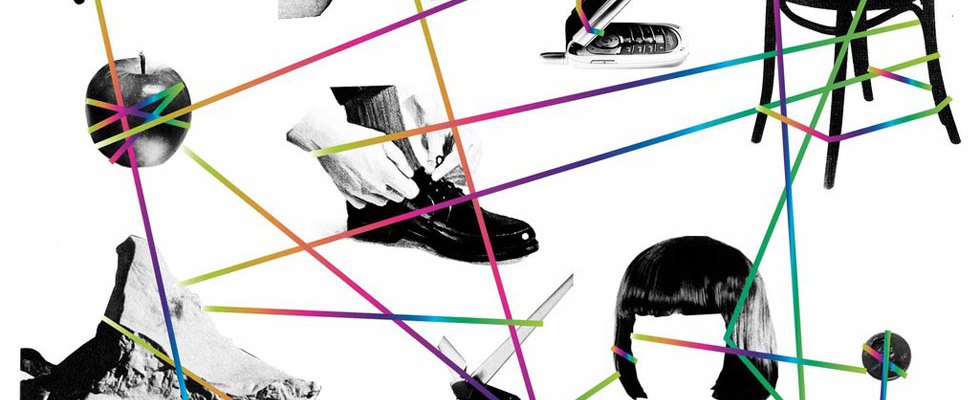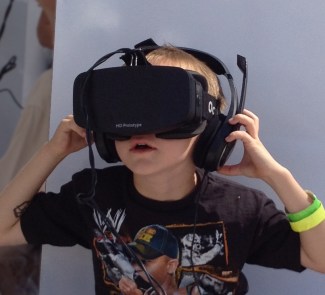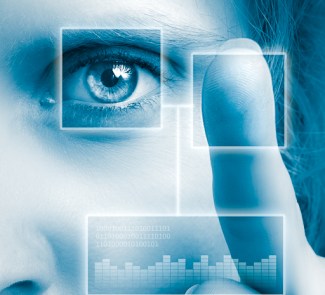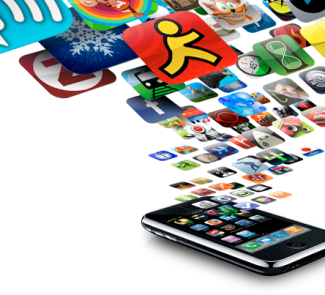A new kind of technology is comming to create an interaction with things much simple.
It is 2015, and flying cars are nowhere. Self-adjustable jackets and shoes, hover boards, jetpacks, spaceships, etc. There is nothing of these things around, though they all have been around in sci-fy movies for a while. We are not even close; the nearest things we have are fridges with screen and internet connection to check on Facebook while I fetch a glass of water (exactly what I needed, thanks). Are we running behind? No. Is tech advanced enough? It is. So, why don’t we live in a world like the one depicted in Back to the Future?
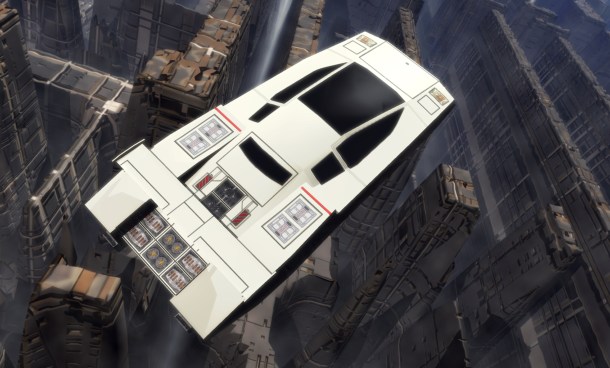
The same way the Oracle told Neo, the problem is not in the answers, the problem is that we are asking the wrong questions.
The future, they say, will start when objects could talk and make autonomous decissions. It is what has been called ‘The Internet of Things’. Nowadays it means thousands of engineers all around the world spending hundreds of millions in ‘improving’ already working devices by connecting them. Trying hard to take Internet wherever they can. Installing bluetooth, ZigBee, and SIMs in blankets, bike pedals, dogs, cows, sandboxes, pacifiers, forks, fridges, washing machines…
But there is a basic problem, and it is that ‘things’ do not want to be improved this way.
Take an example: a light switch. There are multiple products available on the market to allow switches to be connected to Internet (http://www.belkin.com/us/F7C030-Belkin/p/P-F7C030/), so that the user can remotely turn on or off any light or object behind. Technically speaking, what is needed on top of a traditional switch is:
• Additional circuits
• Relays
• Low range communications module
• Hub / Gateway
• Internet
• Server (back-end)
• Software application (front-end)
Once everything is set and ready, the user needs to go through the following steps to use it:
- Take the smartphone out of the pocket
- Swipe to unlock
- Insert a code
- Search the app
- Tap to open
- Navigate, find and remember where is this particular switch represented
- Activate it
- Wait a couple of seconds so that the signal goes through all the network.
- The light is turned on

A light switch is a common object invented more than a century ago. It has gone through the hands of thousands of engineers during a hundred of years of development, tests and trials, user experiences, interfaces, voltages, etc. It has become an object at reduced price. It is completely impossible for a new switch that changes radically the ‘way of work’ (also know as user interface – UX/UI) to replace his older brother.
A possible improvement could be the next one:
- The user ‘wants’ to turn on the light.
- From the sofa, the user points towards the switch
- The light turns on.
In such scenario, an actual process is improved by ‘guessing’ what the user desires in an optimized way. No tapping, no wires, no screens. Is it possible to do this today? It is. There is technology advanced enough to make it happen.
The problem is that there are several economic barriers to make this use case a reality. And these barriers cannot be solved by a single company creating ‘vertical’ isolated products: we need business developers from different industries taking to each other, sharing use cases, business cases, UX/UI designers developing together software and hardware, all forming an ecosystem to jump over the cost of making the things ‘talk’.

Within Telefonica I+D we are working thoroughly along the value chain with different products and prototypes. We harvest insights, fulfill specification sheets and deliver enablers to help this ecosystem flourish.
As the problem gets solved we will see the near future, and there won’t be any flying cars. There will be houses “automagically” pre-heating and setting relaxing music after a tough day at the office in winter. Factories that regulate themselves to reduce dangerous emissions when children are playing nearby. Palets that check on the quality of the food to optimize consumption, reducing spillage and getting to more people.
It is a future with the same look-and-feel as nowadays, where everything described happens in the background, hard to spot, with plenty of ‘hidden’ technology to help us cope with our everyday life. Where interaction with things is much simpler, more natural. It is a future with no wires, no screens, no keys and no switches.
The future is invisible, and you are the interface.
«Any sufficiently advanced technology is indistinguishable from magic.»
- Arthur C. Clarke
